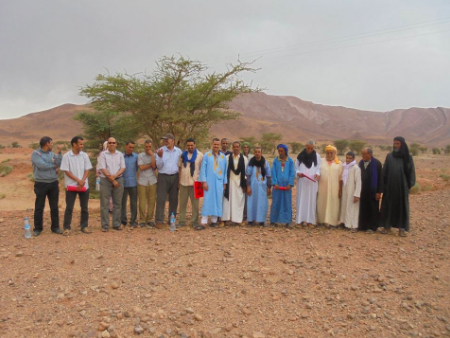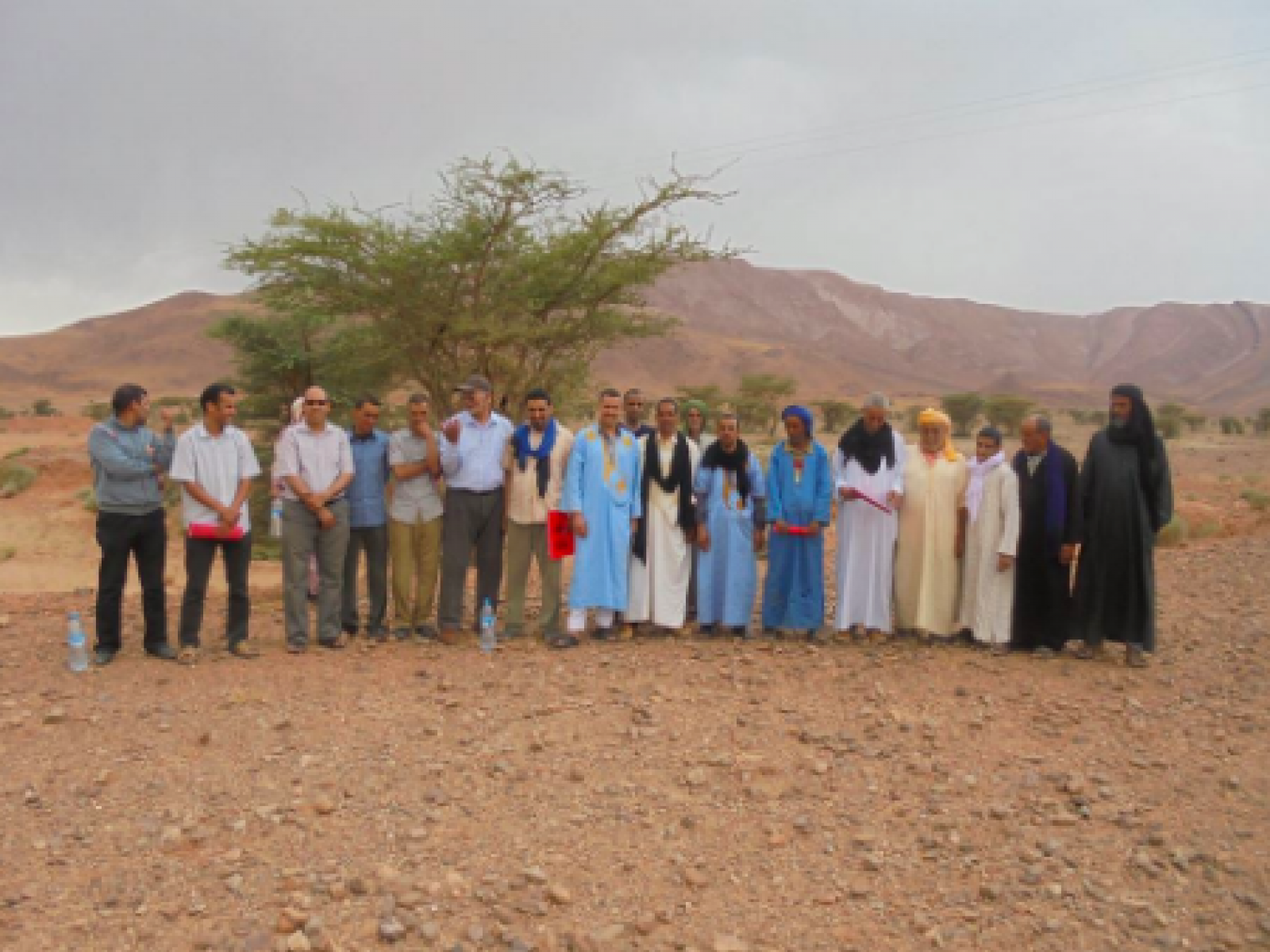An Overview Of Our Solution
- Population Impacted:
- Continent: Africa
Organization type
Population impacted
Size of agricultural area
Production quantity
People employed
Describe your solution
Describe your implementation
External connections
What is the environmental or ecological challenge you are targeting with your solution?
Describe the context in which you are operating
The project has created a local dynamic around the conservation of oasis biodiversity, reduction of the degradation of the vegetation cover, notably Acacia (a species specific and endemic of Morocco threatened by the cutting of wood and the anarchic grazing) and The improvement of local socio-economic conditions.
The project mobilized the community of farmers and transhumants of Fam El Hisn around the maintenance of agricultural and livestock farming, the restoration of natural resources, notably water, rangelands and forest, through conservatory management , Based on an agro-ecological approach The municipality also faces a difficult socio-economic context marked by the low incomes of the local population.
The local economy is mainly based on oasis agriculture (livestock, pasture and transhumance). These activities do not generate enough wealth for the oasis communities.
this project, which aims to combat climate change and help local indigenous peoples to value their ancient practices, in particular transhumance, acacia. But also, the reduction of pollution effects due to the use of gas oil in irrigation, and the rationalization of water uses.
How did you impact natural resource use and greenhouse gas emissions?
Language(s)
Social/Community
Water
Food Security/Nutrition
Economic/Sustainable Development
Climate
Sustainability
PROJECT IMPACTS ON LOCAL POPULATION
Persons directly concerned by the project
Number of women: 1413 women
Number of men: 7269 people
Persons involved in the project's capacity-building activities
Number of women: 2 women
Number of men: 32 farmers and 28 transhumant breeders
It should also be pointed out that the revolving fund for transhumants in the form of an interest-free loan had a positive impact. Especially the year 2014 was considered a dry year in the project area. Breeders stated at the time of the evaluation that
(2000dhs), have contributed to the financing needs of the operations required to manage their herds: livestock transport, purchase of prophylactic products and purchase of livestock feed.
Return on investment
Entrant Banner Image

